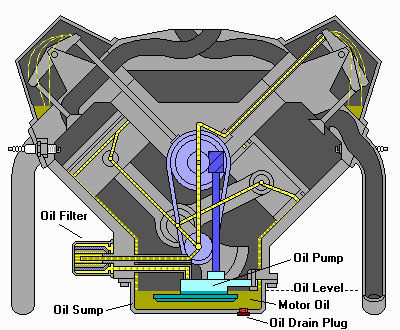Wait what is considered lugging?
My car can be dumped down to 1100-1200 in 5th gear at just under 40mph and it doesnt make any wierd noises and pulls like a monster. Guess I am asking how do you know if its lugging and what is happening that makes it hard on bearings? I always thought it was putting such a load on the engine the oil film on the bearings was sheared or something in which case the type of oil used would determine at what point the engine would be harmed by lugging. One thing I dont get is if you floor it at 750rpm where the engine has maybe 200lb/ft of torque and then floor it at 2500 rpm where it has 325lb/ft, isnt flooring it at 2500 placing more load on the engine as long as its in the same gear? So why would it matter... does it have to do with oil pressure? Also if you are cruiseing and not accelerating can you cruise in a very high gear, 6th, at 850rpms without lugging as long as the road is level?
[ December 02, 2002, 12:54 AM: Message edited by: 94 formula ]
My car can be dumped down to 1100-1200 in 5th gear at just under 40mph and it doesnt make any wierd noises and pulls like a monster. Guess I am asking how do you know if its lugging and what is happening that makes it hard on bearings? I always thought it was putting such a load on the engine the oil film on the bearings was sheared or something in which case the type of oil used would determine at what point the engine would be harmed by lugging. One thing I dont get is if you floor it at 750rpm where the engine has maybe 200lb/ft of torque and then floor it at 2500 rpm where it has 325lb/ft, isnt flooring it at 2500 placing more load on the engine as long as its in the same gear? So why would it matter... does it have to do with oil pressure? Also if you are cruiseing and not accelerating can you cruise in a very high gear, 6th, at 850rpms without lugging as long as the road is level?
[ December 02, 2002, 12:54 AM: Message edited by: 94 formula ]

